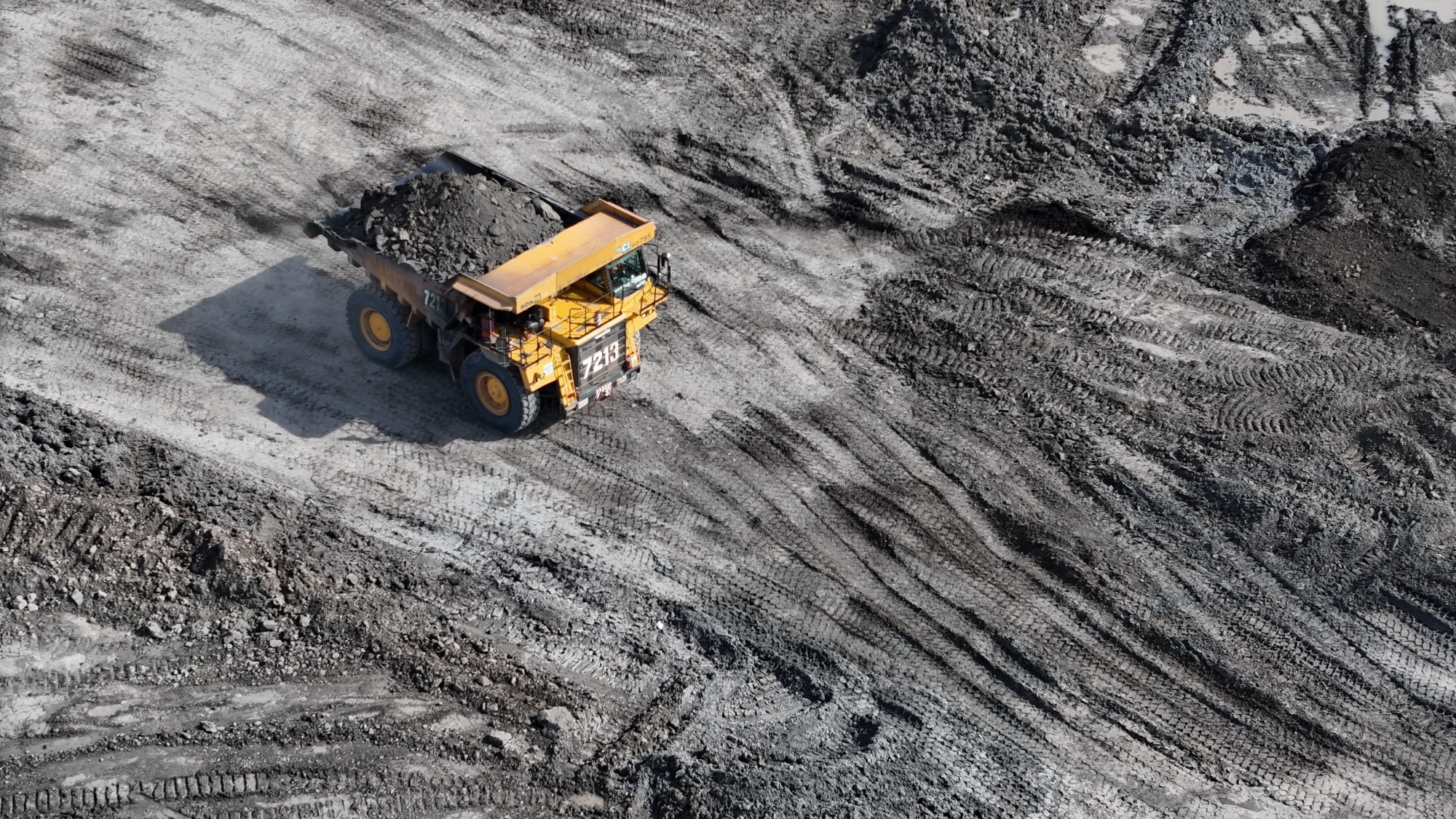As global demand for lithium continues to surge, fueled by the rise of electric vehicles and renewable energy storage, the need for efficient and accurate mineral exploration has never been greater.
Lot Koopmans, a PhD candidate at the University of Oxford specializing in lithium deposits, discusses how the Vanta portable XRF analyzer by Evident is helping field professionals unlock lithium’s potential by accelerating mineral identification and enhancing exploration strategies worldwide.
Can you briefly describe your current work related to lithium mineral exploration?
I am currently completing a PhD in hard rock lithium deposits in the United Kingdom. Through this work, I actively consult for exploration companies around the world, collaborating with them across the lifecycle of mineral discoveries.
Could you provide an overview of how the Vanta portable XRF analyzer is used in lithium mineralogy identification and what makes it particularly suited for this task?
Although the portable XRF analyzer is unable to detect lithium directly, it can identify other elements that can be used to distinguish between different lithium-containing minerals. By using these unique “fingerprints,” the portable XRF can quickly and efficiently identify a range of minerals common in lithium-containing pegmatites.
Why is the identification of specific lithium-bearing minerals, such as spodumene and lepidolite, so critical during exploration and mining processes?
Unlike gold or diamonds, lithium commonly occurs as a major component in a variety of different minerals. Which mineral carries lithium in a specific deposit significantly influences the deposit's value, as downstream processing costs vary. Due to this, identifying the major mineralogy in your deposit early on is critical to proving the reasonable prospect of extraction down the line.

Image Credit: Masmikha/Shutterstock.com
Can you explain your collaboration with EVIDENT, which led to the development of the Vanta portable XRF analyzer's ability to identify lithium minerals, and what inspired this innovation?
This collaboration began after several discussions with companies and realizing that mineral identification was often a stumbling block in grassroots exploration, core logging, and mineral processing. Increasing the confidence in mineral identification would improve the speed at which projects could develop. After observing some applications of the portable XRF elsewhere, we realized that a software code could be introduced into the device, allowing us to reliably identify the type of mineral.
How does the Vanta portable XRF analyzer compare to other field-based techniques for lithium exploration, especially in terms of accuracy and efficiency?
There has been much interest in developing field-based techniques for directly measuring lithium. However, these techniques are still highly dependent on a fit-for-purpose calibration, which limits how reliably they can be implemented into field campaigns. The beauty of using a tried-and-tested tool in a new way is that we can be confident in its reliability.
Could you share specific examples or case studies where the Vanta portable XRF analyzer has been successfully applied in the field for lithium mineral identification?
We have seen success using this technique on pegmatites from Canada, the United States, and Southern Africa. The technique is particularly useful when all the minerals are a similar color (in many pegmatites, every mineral is white). Therefore, it can be used to build confidence in mineral identification for the exploration geologists on-site.
How does the Vanta portable XRF analyzer provide an advantage over other portable technologies used to estimate lithium content in the field?
Rather than measuring the lithium content, which does not tell you about the mineralogy that is carrying the lithium, the portable XRF analyzer can help you determine what minerals are present in your outcrop. Given that most lithium minerals have a limited lithium range, this information can be translated into a bulk-rock lithium content.
How does the Vanta portable XRF analyzer integrate with other exploration tools and techniques to enhance overall lithium exploration strategies?
The primary role of mineral identification with the portable XRF analyzer is to act as a “third eye,” helping to build confidence in the field team’s identification of the key minerals present in the system. Alongside this, the portable XRF can also be used to measure other indicators of fertility (e.g., K/Rb: the potassium to rubidium ratio) to streamline data collection and define prospective target regions faster.
How does the Vanta portable XRF analyzer assist geologists in making real-time decisions during fieldwork, and what role does field calibration play in its effectiveness?
The portable XRF analyzer helps geologists determine which occurrences are worth pursuing and which are not by providing confidence in mineral identification. Fortunately, the portable XRF is less reliant on a matrix-matched, purpose-built calibration than other techniques, so it can be applied much quicker and more efficiently.
What are the future directions for improving the Vanta portable XRF analyzer’s capabilities in mineral identification, particularly for emerging lithium-rich areas?
One future possibility is that by increasing the range of minerals the portable XRF analyzer can identify, the device could become a reliable tool for any kind of lithium-rich pegmatite.
About Lot Koopmans
Lot Koopmans completed his MSc in geology at the University of St Andrews, studying magmatic Fe-Ti and rare-earth element (REE) deposits in Southern Greenland. Since then, he has moved into the lithium space, where he has worked with companies at all stages of exploration in southern Africa and Canada while completing his PhD on lithium deposits at the University of Oxford. His expertise in pegmatites, coupled with a strong background in structural geology, provides him with a unique toolkit to approach lithium exploration and mining.

This information has been sourced, reviewed, and adapted from materials provided by Evident (XRF).
For more information on this source, please visit Evident Industrial (XRF).
Disclaimer: The views expressed here are those of the interviewee and do not necessarily represent the views of AZoM.com Limited (T/A) AZoNetwork, the owner and operator of this website. This disclaimer forms part of the Terms and Conditions of use of this website.